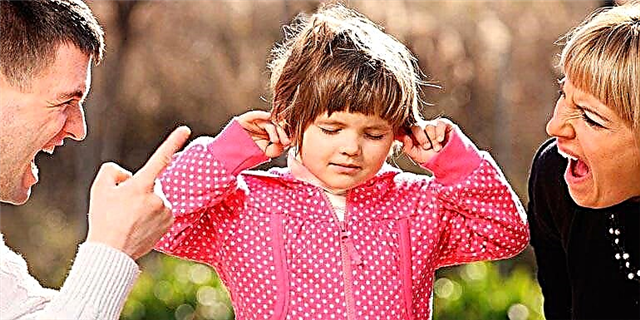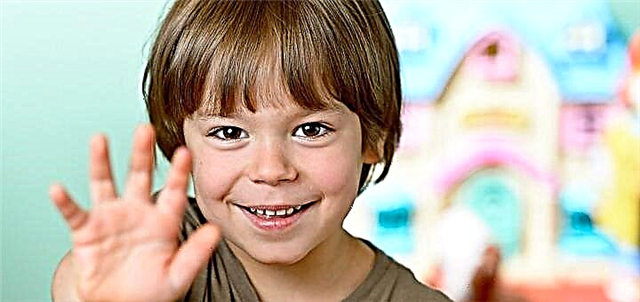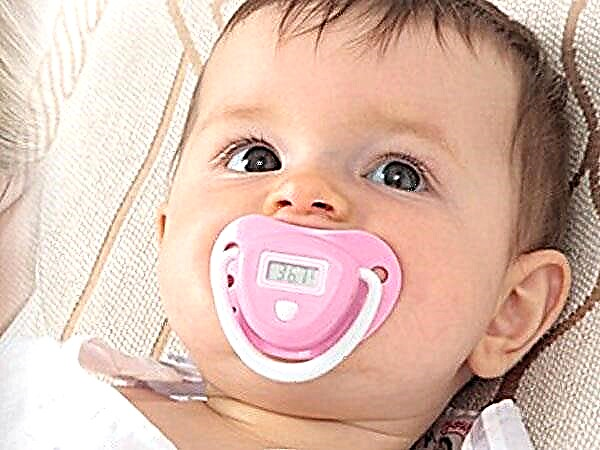
Clinical analyzes are very difficult to decipher by the parent. Especially many questions arise after receiving blood test results. It is taken not only for diseases. This is a common method for assessing the general condition of a child.
If mothers and fathers are more or less clear about hemoglobin, then some of the analysis indicators cause real panic. One of such obscure terms is eosinophils. What to do if they are elevated to the child's blood levels, says the famous pediatrician and author of books on children's health Yevgeny Komarovsky.


What it is
Eosinophils have a longer scientific name - eosinophilic granulocytes or eosinophilic leukocytes. These blood cells are classified as leukocytes. Their task is to help the body respond to threats of a parasitic, allergic, tumor and inflammatory nature. This distinguishes them from other fellow leukocytes, which are focused mainly on fighting viruses and bacteria.
If a laboratory assistant in a child's blood sample, after applying an acidic medium, detects a number of such cells that exceeds the age norm, this is called eosinophilia. If the number of cells is less than the required number, then we are talking about eosinopenia.


Standards
- In newborns and children under 2 weeks of age, the blood normally contains from 1 to 6% of eosinophils.
- In infants from 2 weeks to a year - from 1 to 5%.
- Between a year and 2 years, the number of cells normally grows slightly and amounts to 1-7% of the total number of blood cells.
- For babies from 2 to 5 years old - 1-6%.
- From 6 years of age to adolescence, a value from 1 to 5% is considered the norm.

Reasons for deviations from the norm
If the child has more eosinophils than the norm, there may be several reasons for this:
- allergy (food, medicinal, seasonal), allergic rhinitis, bronchial asthma, atopic dermatitis. Often, a significantly higher level of eosinophils is observed in children who are allergic to drugs - several types of antibiotics, prednisone, anti-tuberculosis drugs, and aspirin;
- skin diseases;
- parasites in the body (eosinophilic leukocytes become more in the blood if the child has ascariasis, giardiasis, opisthorchiasis and a number of other ailments caused by parasites);
- infections (scarlet fever, measles, chickenpox, tuberculosis and a number of other diseases in the acute stage are accompanied by an increase in the level of eosinophils several times);
- tumors (especially malignant);
- diseases of hematopoiesis;
- lung diseases.
With an insufficient level of eosinophils in the child's blood, the doctor may suspect the following problems:
- inflammation (its very initial stage, when there are no other symptoms yet or they are weakly expressed);
- purulent infections;
- severe emotional shock, stress;
- heavy metal poisoning and other poisonous chemical compounds.

What to do
If the general condition of the child is not disturbed, nothing hurts him, there are no complaints and grounds to assume that he has an illness, then the parents do not need to do anything special, says Evgeny Komarovsky.
A slight excess of eosinophils in the blood in children is very often caused by an allergic reaction or the presence of parasites, which adults had no idea about. It is worth additionally making a fecal analysis and visiting an allergist and infectious disease specialist.
If no pathologies are revealed, you can live peacefully with elevated eosinophils, and after 4 months, you can redo the CBC (for control). The fact is that no less often an increase in these cells in the blood occurs during the period of recovery from some kind of ailment, most often bacterial. Waiting time will also be required in order for the leukocyte count of the blood to return to normal for this reason.

If a repeated analysis after some time again shows a violation of the number of eosinophilic leukocytes, it makes sense to donate blood for the content of immunoglobulin E. This analysis will help the allergist understand if there is a predisposition to an inadequate reaction to some allergen. It is recommended to re-examine the flora for the search for parasites.
You can watch the video below, where Dr. Komarovsky will talk in detail about the clinical analysis of blood in children.



